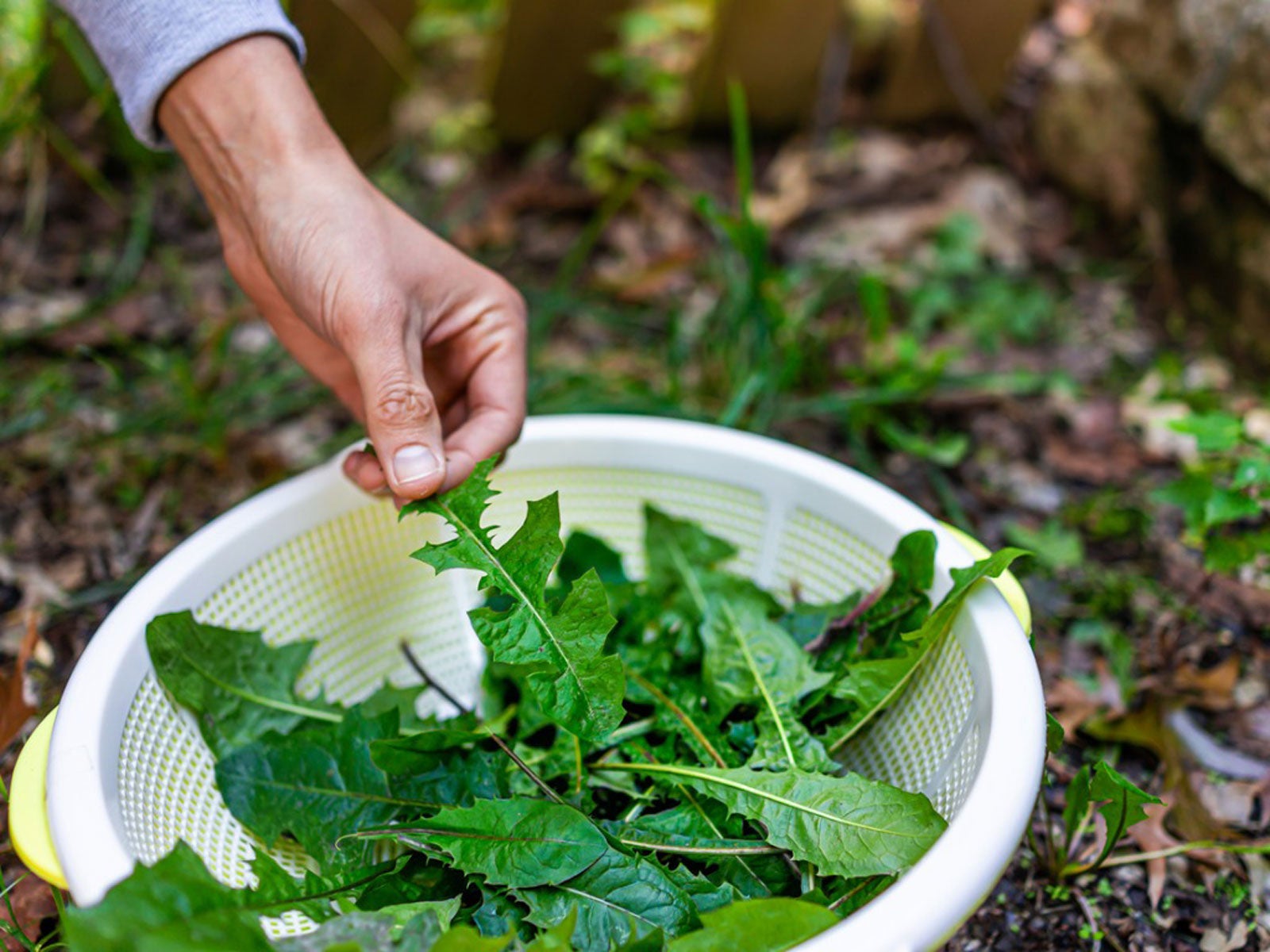Native Garden Foods – Growing An Edible Native Garden


Growing an edible garden is a way to keep fresh fruits and vegetables ready on hand with minimal expense. Developing an edible native garden is even easier and cheaper. Planting foods that naturally occur in your region provides you with plants well adapted to the conditions and resistant to many pests and diseases.
As an added bonus, native herbs and vegetables are plentiful and attractive to birds and other wildlife.
Why Grow an Edible Native Garden?
You don't need to be in the middle of a pandemic to appreciate fresh food from your own garden. Growing native garden foods is just another way of supporting wild flora and fauna, as well as putting diversity in your diet.
There are a host of native plants you can eat, varieties that naturally occur where you live and will thrive with just minimum care. Native edibles are almost foolproof in their growing requirements, having adapted to the region over centuries.
Wild foods have unique properties in that they have survived with no human interaction and are modified to enjoy their range's conditions including soil type, rainfall, temperatures, animal browsing, disease, and pests of the region. This makes native edibles somewhat easier to raise than exotic or bred varieties.
Many of our native herbs and vegetables double as both food and medicine. Wild foods should not be gathered as a rule, since many are threatened, but there are many native plant nurseries to source wild varieties.
Unusual Types of Native Garden Foods
When you think of wild edibles, you may think of mushrooms or berries. These are items it is usually okay to forage for, but many other types of plants should be left alone to support wild habitat and continue to reproduce. Some of the wackier types of native forage are weeds.
Sign up for the Gardening Know How newsletter today and receive a free copy of our e-book "How to Grow Delicious Tomatoes".
Purslane is a very common weedy plant with plump little leaves. It tastes great in a salad or can be sautéed and added to any dish. It is high in Omega-3 fatty acids, numerous vitamins, as well as folate, thiamin, and niacin. In North America there are many other wild weeds such as:
- Dandelions
- Woodsorrel
- Lambsquarter
- Clover
- Plantain
- Ball Mustard
- Bull Thistle
- Stinging Nettles
- Chickweed
- Yellow Dock
- Wild Leek
- Prickly Lettuce
- Mullein
Growing Native Plants You Can Eat
There are many berries, trees, shrubs, annuals, and perennials that are wild foods. Make sure your soil will support each plant's needs and try to stick with those that grow in your type of situation. That means if your property is very treed, choose plants that like forested areas, with dappled light and rich soil. If you live in an arid zone, select plants that like gritty soil, plenty of sun, and daytime heat.
A list of potential candidates for many regions might look like this:

Bonnie Grant is a professional landscaper with a Certification in Urban Gardening. She has been gardening and writing for 15 years. A former professional chef, she has a passion for edible landscaping.